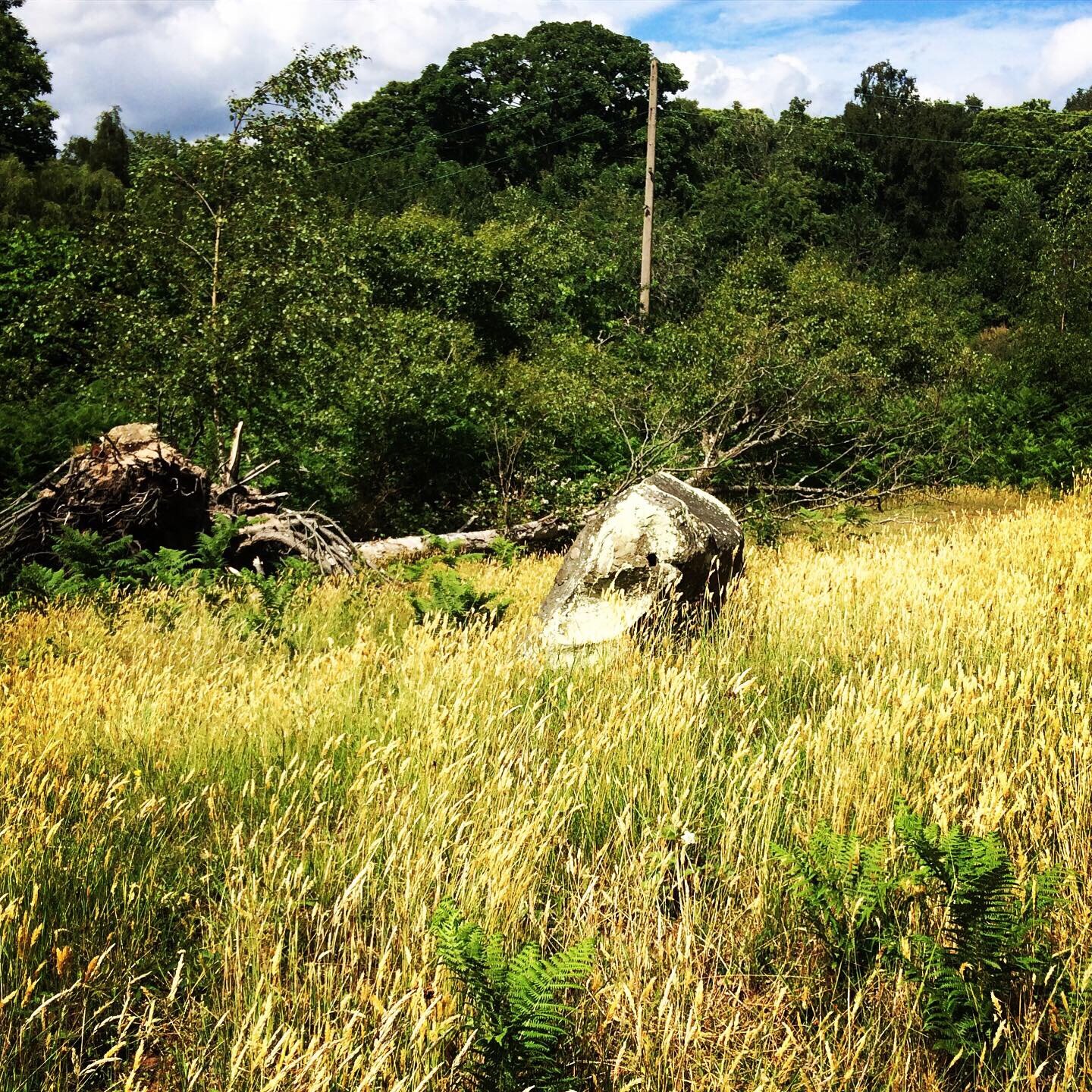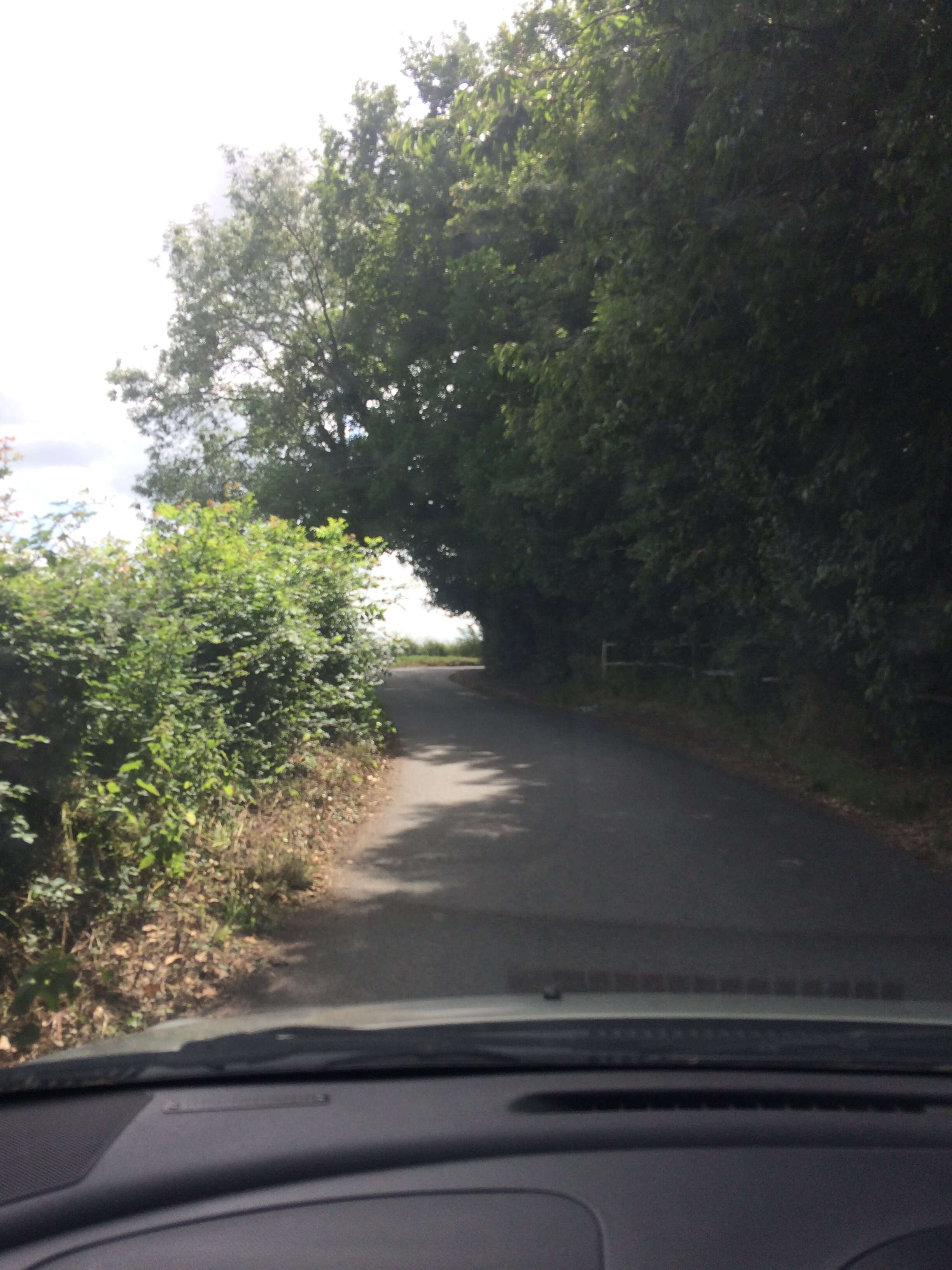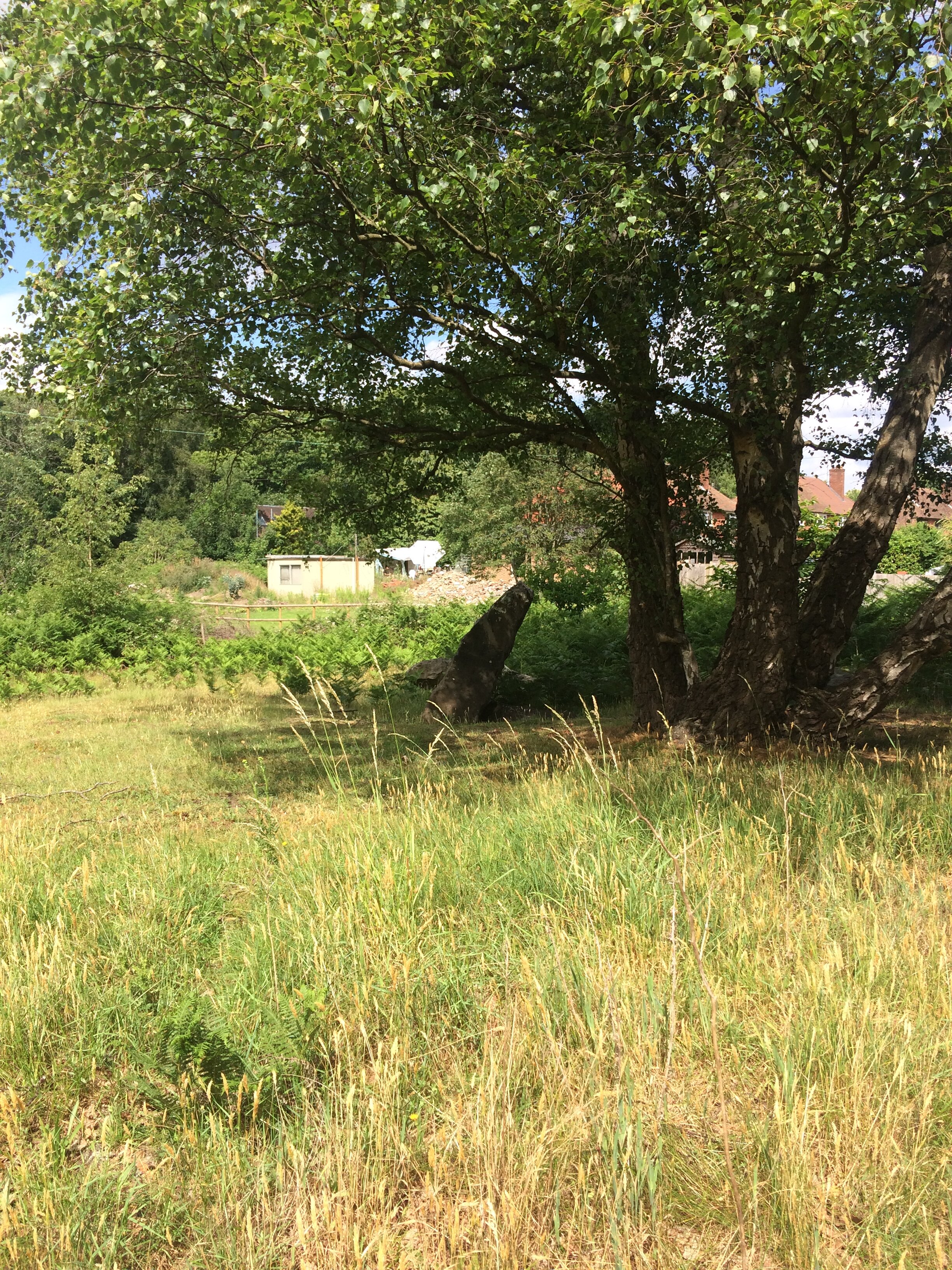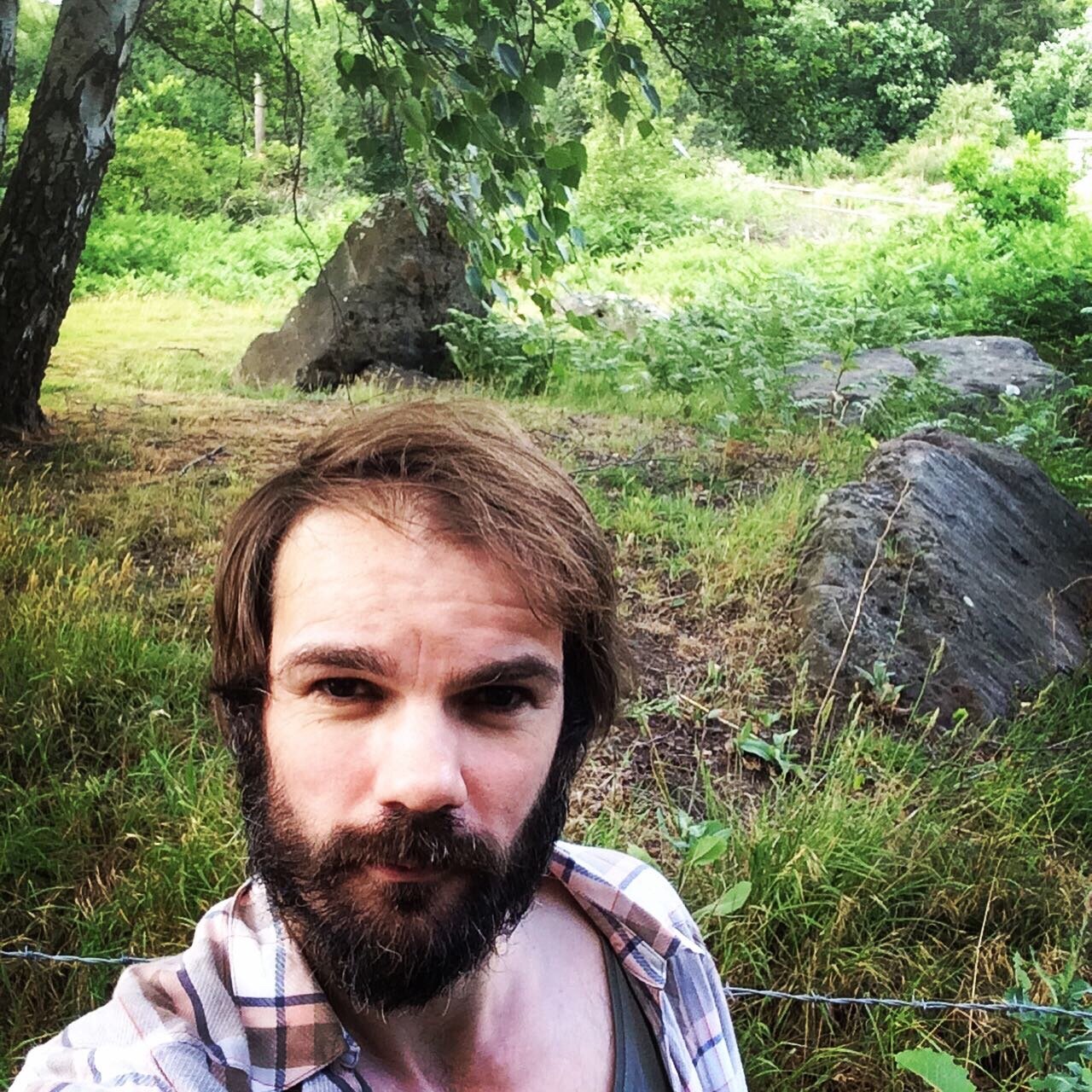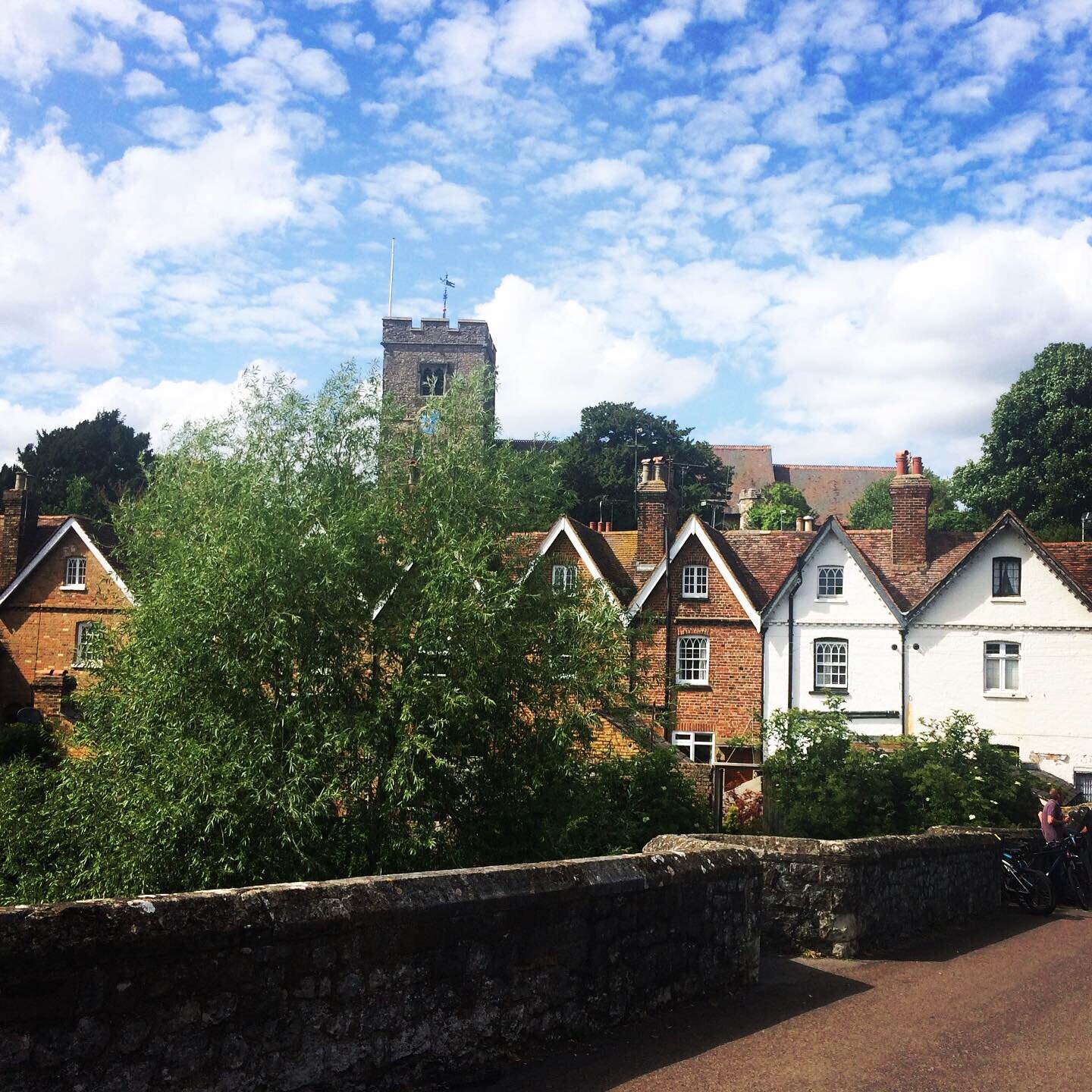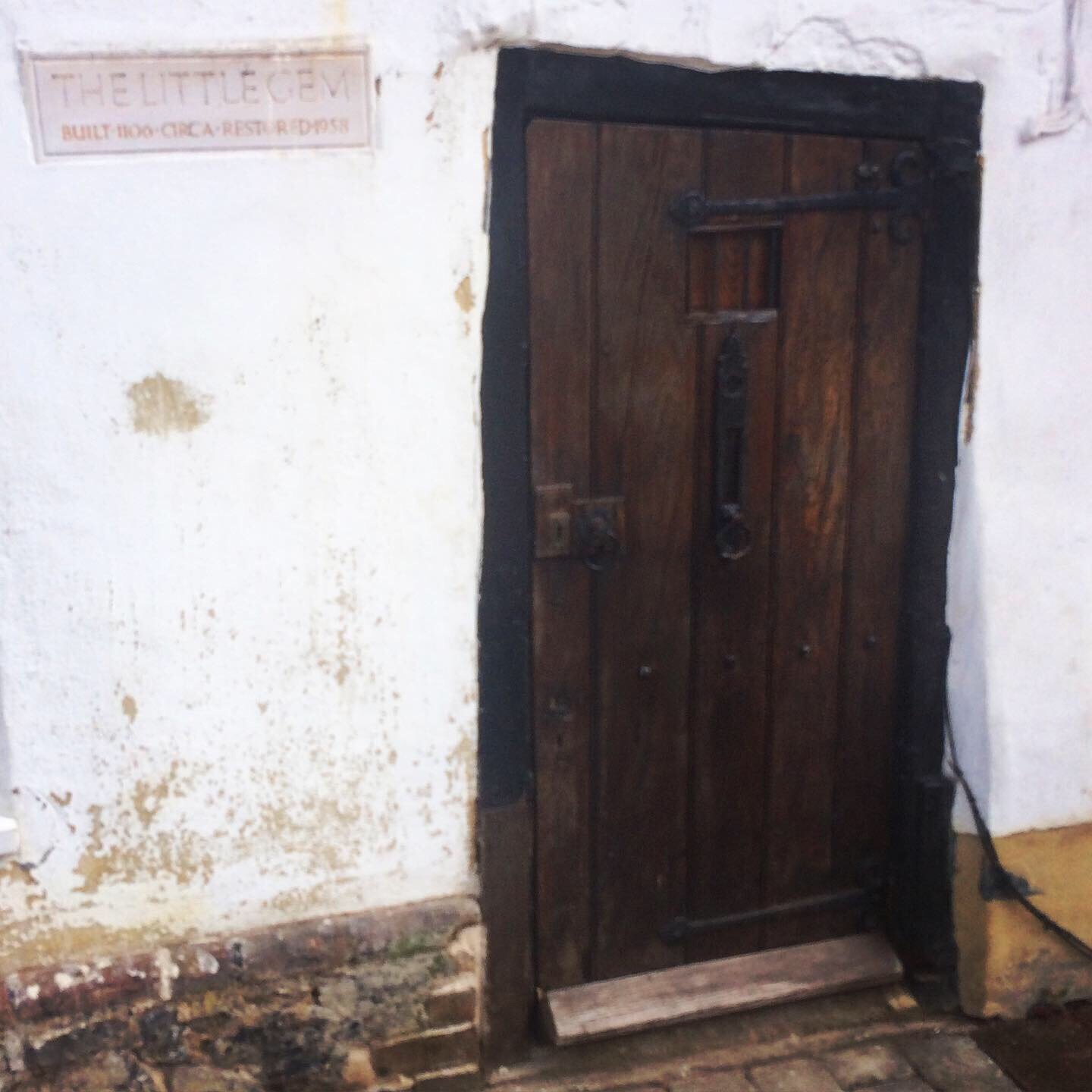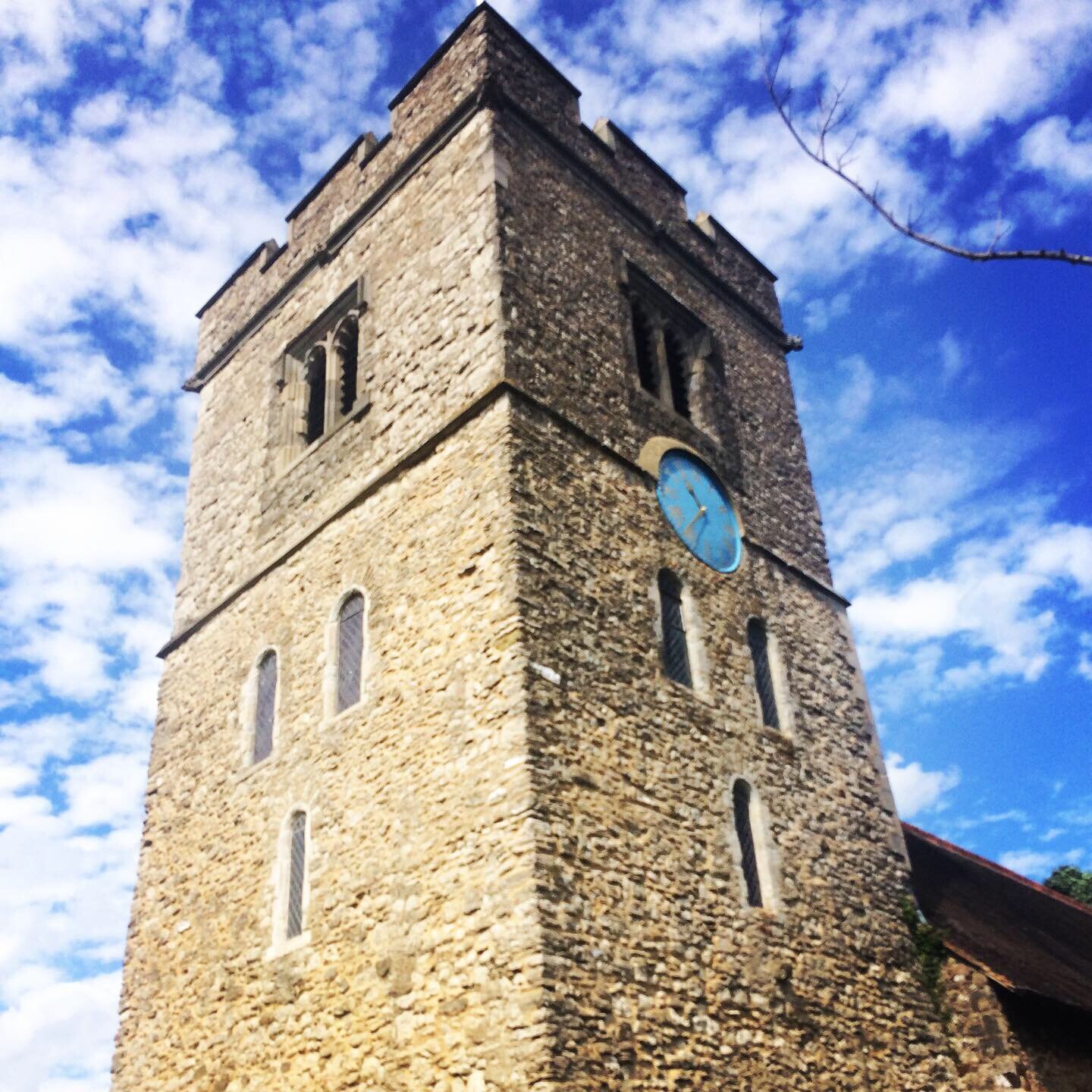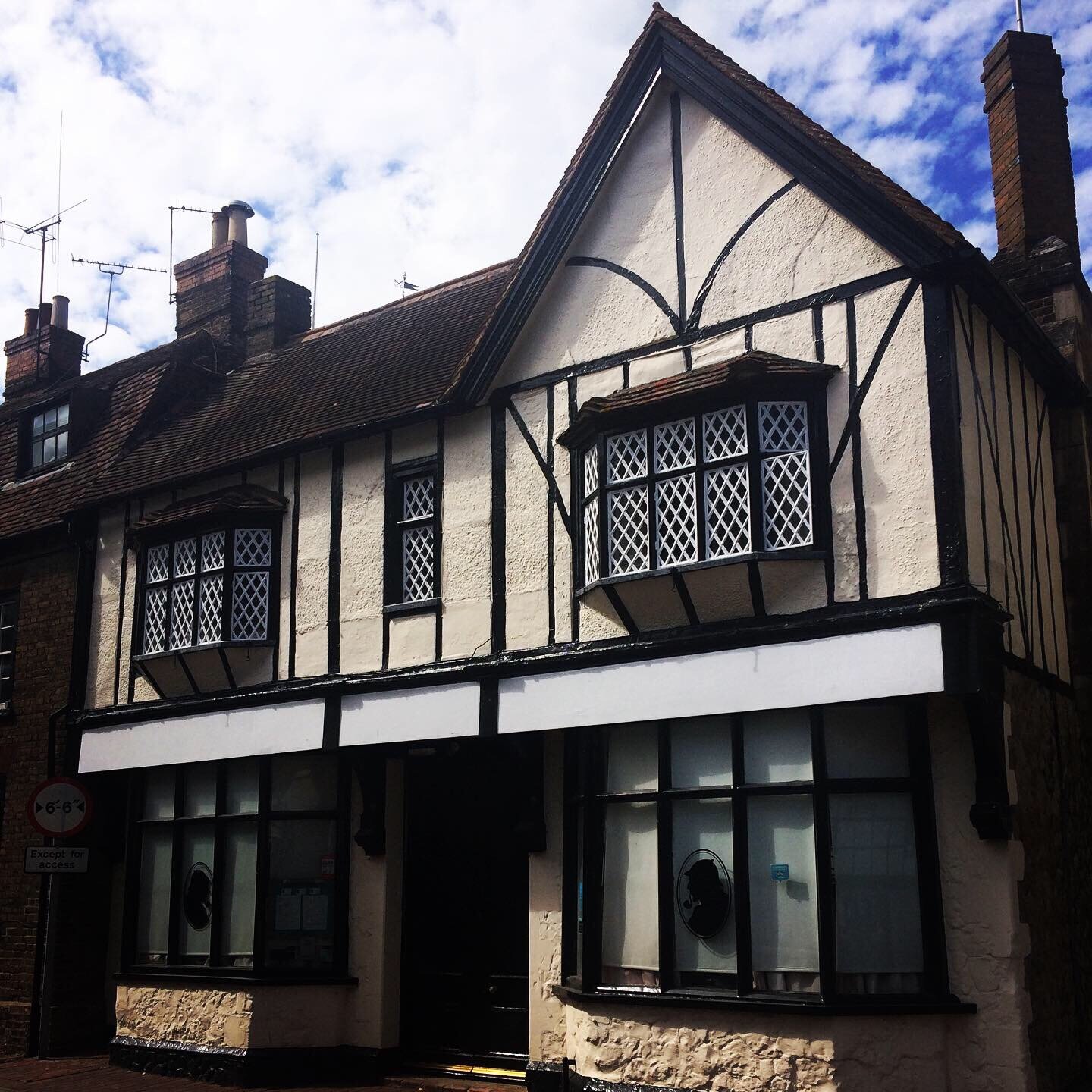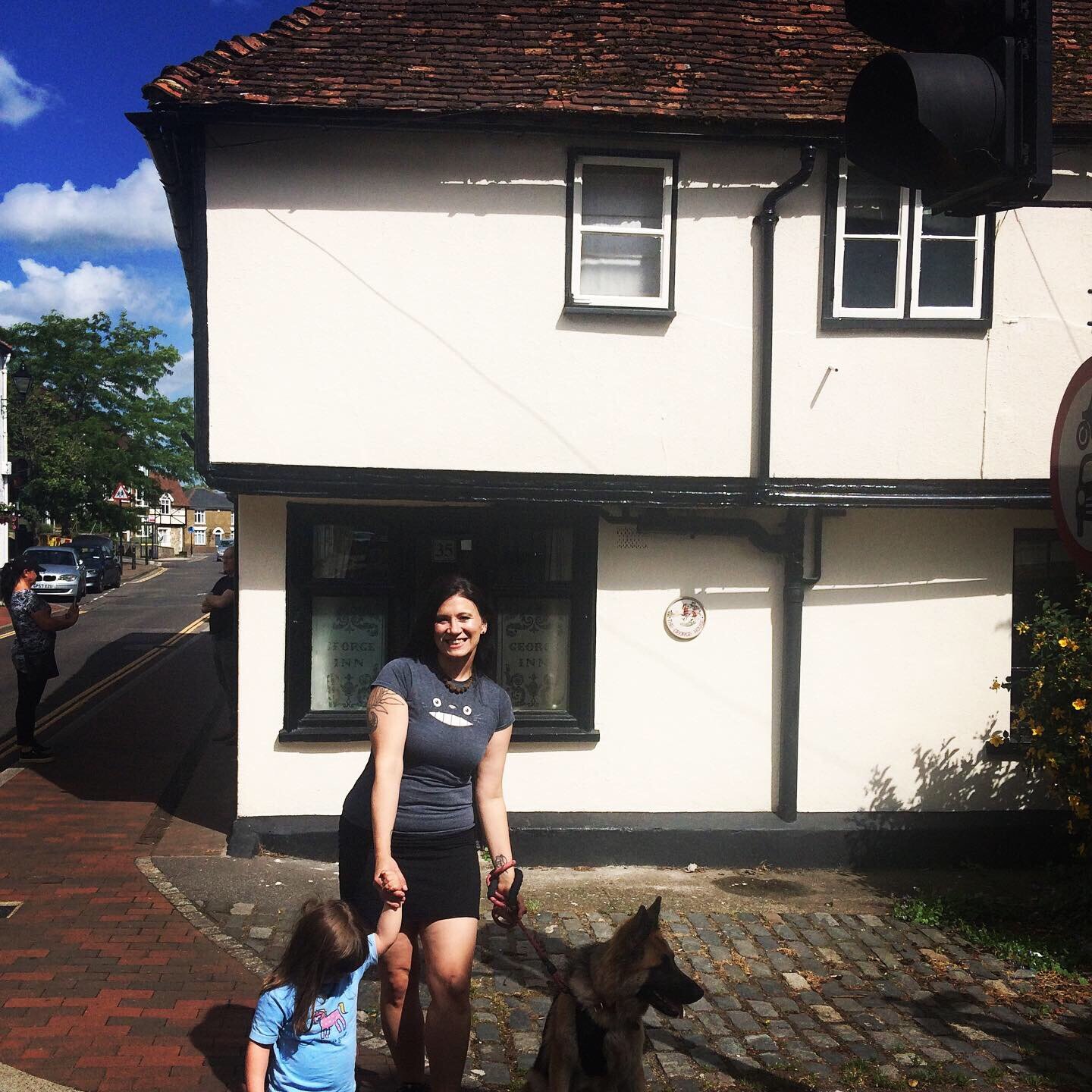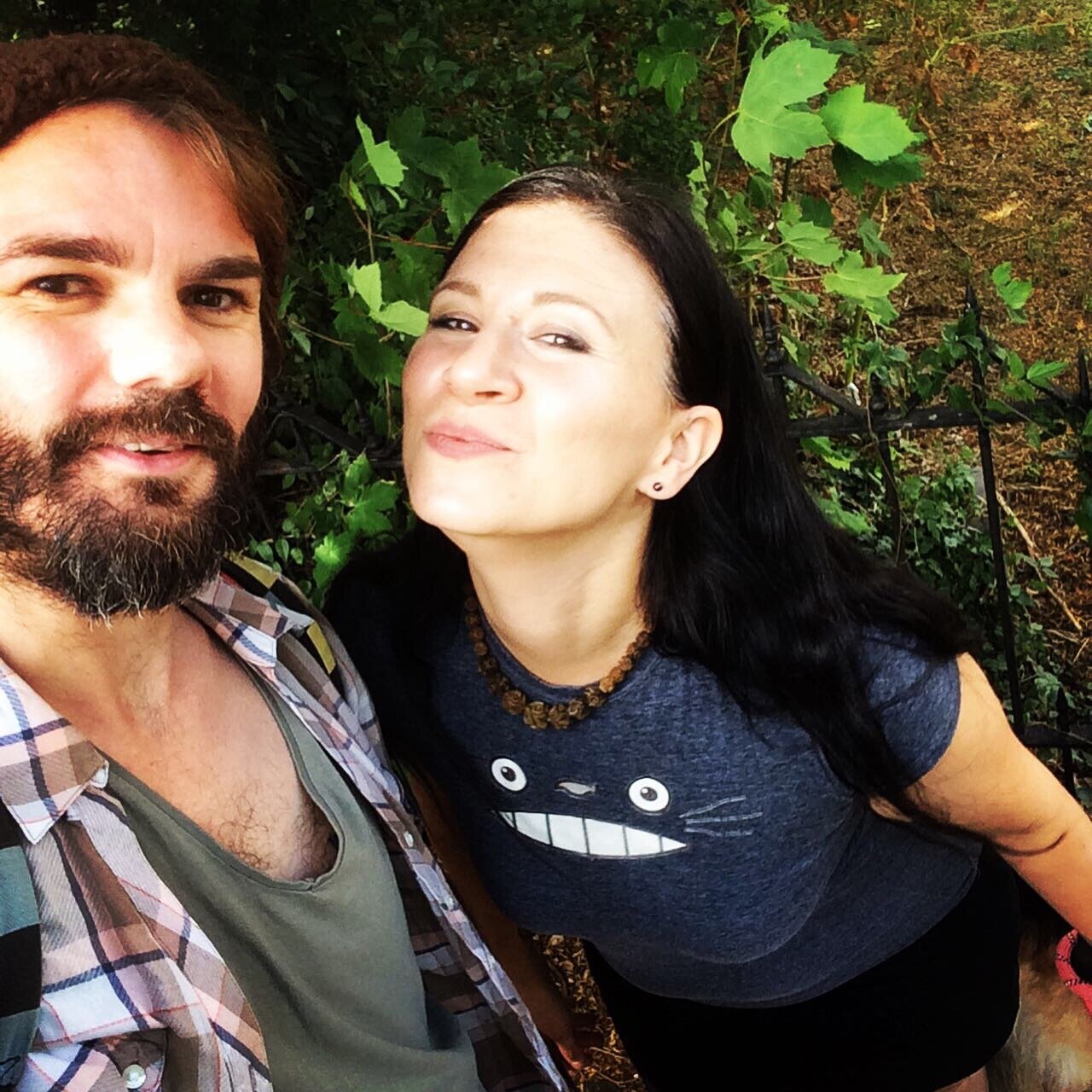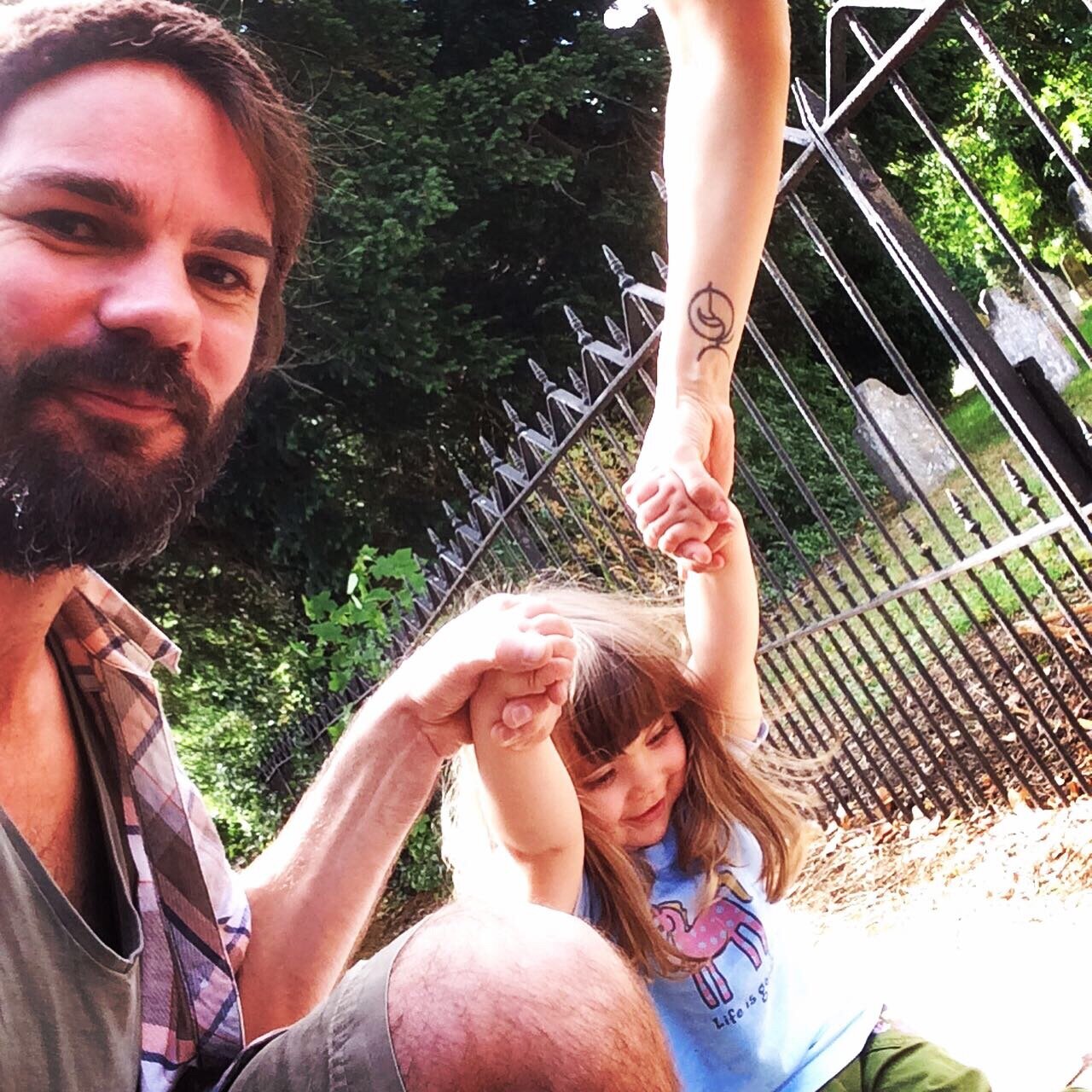The next barrow sites were not a great distance as the crow flies, but a vast forest and dangerous highway separated us from the sacred monuments and with our loaded provisions and entourage of varying ability, we would probably not have been able to succeed on foot. First on the list was Addington Long Barrow. We loaded the car and made our way through winding country roads, cute village outposts and blissful scenic spaces until we discovered the sought-after side road, well off the beaten track.
Addington is another sub rectangular Long Barrow of the Medway Megalith style. It was probably built during the early Neolithic period and has since been vastly damaged, but is still recognisable as a significant prehistoric monument. The most troubling aspect of the Addington Long Barrow is the road which has been constructed directly through the centre of the mound. Collapsed kerb stones in the northeast of the structure would likely have been the space for deposition of human remains, though none were ever discovered within the tomb. The Long Barrow itself is on private land and is only visible from the roadside, but is still worth seeing, though severe caution is suggested when viewing from the narrow winding road.
The last of the substantial Medway Megaliths on the west side of the river in this incredible landscape is Chestnuts Long Barrow. This prehistoric monument is found very close to Addington, a mere 150 feet away. Chestnuts, though, is further into the aforementioned private land, engulfed by leafy trees and thick shrubbery and utterly impossible to approach without some questionable law-breaking. Keen to avoid invading private land or inviting potential criminal prosecution, we made the disappointing decision not to pursue this objective any further. Having established the monument was definitely not visible from the road and after enduring abuse from some of the roadside plant-life; we hopped back into the car and set a course for the final destination of our adventure.
By this point, Audrey had collected a number of intriguing stones for investigation. Though not the elusive Rainbow Stone she desired, these were certainly related artefacts and would offer vital information into the whereabouts of her target treasure.
Aylesford is a pretty little riverside village just northwest of Maidstone in Kent, with delightfully crooked old buildings and enticing traditional public houses. At the peak of the hill which adorns the historic village is a striking Norman church, wonderfully encircled by a charismatic gothic graveyard.
We were here on the hunt for a high-status late Iron Age cemetery located in the area. In 1886 the site was excavated by renowned antiquarian Arthur Evans, famed for his incredible discoveries in Crete at the Palace of Knossos, a ruin he excitedly exclaimed was that of King Minos mythical Labyrinth. The late Iron Age cremation cemetery in Aylesford was richly furnished with spectacular grave goods including bronze buckets, pans and jugs, as well as wheel-thrown Belgic wares from the 1st century BC. Discovery of this unique burial illustrated a high level of continental connectivity prior to the Roman invasion. The find was deemed so important that an entire culture, the Aylesford-Swarling culture, was named after it. There has been speculation that Aylesford was also the location of the Battle of Medway, a recorded clash between native Britain’s and invading Romans during their occupation of Britain, though there is no evidence to back up this claim.
We parked the car in an easily accessible, fee-free car park close to the village centre and set off on foot through the narrow rustic streets. The glorious sunshine had enticed throngs of leisure seekers into the communal village spaces, parks and bridges were swarming with families and friends enjoying all manner of refreshments.
We wandered along the river, onto the high street, past the historical buildings lining the narrow roads and we climbed towards the church. The views from the top of the hill were splendid, but we found our path restricted by the ‘no dog’ policy of the churchyard and had to skirt the most scenic areas and stick to alternative pathways. Despite our best efforts, and many dead-end streets and alleys, we were unable to locate the area of the cemetery. Our phone batteries had long since expired so we were wandering blindly through the village, which had its advantages but eventually proved frustrating. We gave up on the quest, satisfied with our explorations of the ancient village itself. Audrey collected some further stony specimens for her study and it was time to go.
Since we had been enjoying a period of detox, we celebrated with ice cold non-alcoholic beers and light snacks when we finally made it home. I made the mistake of checking precisely where the Iron Age cemetery was located... we had been just meters from a decent vantage point, if only we had followed the unpromising road at the peak of the hill a little further, perhaps we would have witnessed our goal. Ah well, something to try for next time!

